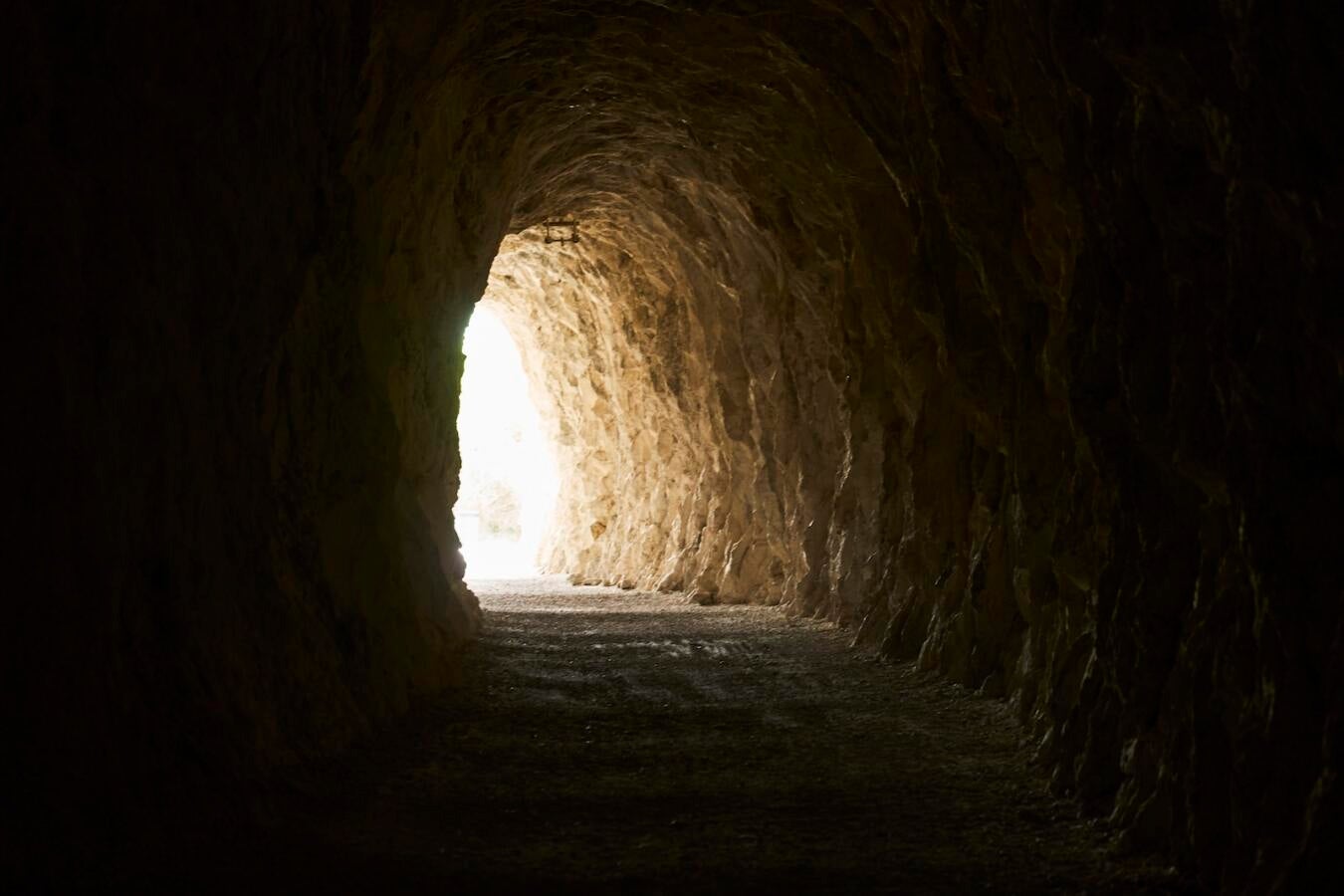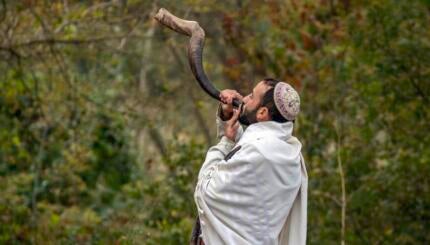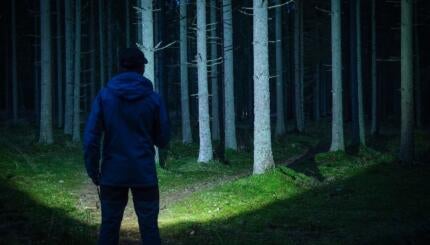A few weeks ago, my family visited a cave in Pennsylvania known as Indian Echo Caverns. There were stalactites and stalagmites, some of which looked human enough to be Lot’s wife. There were passages and cathedral ceilings and an eerie underground lake that glowed pale blue. And there was the journey back out of the cave into a green summertime world that seemed extra beautiful because we had left it for a while. There is something about descending underground that meets the psyche a certain way, a reminder of both eternity and evanescence, decay and permanence.
There are several caves mentioned in the Bible, perhaps the best known being the cave of Machpelah, where Abraham, Isaac, Jacob, Sarah, Rebeccah and Leah are laid to rest. The Midrash claims Abraham chooses this cave as a burial place for Sarah because he discovers Adam and Eve buried there and the whole place smells of Eden. In the Zohar, Adam tells Abraham that he had been lying buried “like a corn seed” until Abraham came into the world. “What had been hidden rose up,” the Zohar says. The cave is not just a place for burial, but of hidden potential for life. It’s a tomb/womb space.
Then there’s the cleft in the rock where Moses hides while God passes by and offers a glimpse of God’s presence. Maybe this cave is Moses’ home while on Mount Sinai. According to the biblical timeline, Moses was in that cave at this season, perhaps writing the second set of tablets after the first were destroyed in anger over the Golden Calf. In her book Moses: A Human Life, Bible commentator Avivah Gottlieb Zornberg writes that this cave is the site of the greatest moment of intimacy between Moses and God. Perhaps it’s not an accident then that there’s a cave at the heart of the story of the giving of the Torah, since biblical caves can be sites where worlds meet and sacred encounters happen.
In I Kings 19, Elijah visits this same cave and spends the night there. At the entrance, Elijah experiences wind, earthquake and fire, and a still, small murmuring sound. One wonders if this sound might arise from the whistling of air through the cave during the storm. God asks him: “Why are you here, Elijah?” This question could be asking Elijah not only about his intentions, but about the ultimate meaning of his life. Once again, the cave is the location of a numinous meeting with something beyond the human.
With your help, My Jewish Learning can provide endless opportunities for learning, connection and discovery.
The Talmud carries over this fascination with spiritual experiences in caves, telling of Rabbi Shimon bar Yohai and his son Rabbi Elazar hiding in a cave for 12 years, fed by a miraculous carob tree and a well of water. When they leave the cave, their mystical sensitivities are so inflamed by the ordinary world that they begin setting things on fire with just their gaze and have to go back inside for one more year.
In the Zohar, a trio of mystic sages arrives at a rock with a cave inside it. One of the sages is afraid to enter because of wild beasts, and so they agree that each of them will watch for a third of the night. They end up studying Torah there and speaking about the seven pillars that hold up the world. The Zohar then describes the foundation stone, the navel from which the world grew and from which the tablets of the commandments were carved. Caves, which reveal extraordinary geological layers, give us a unique seat from which to contemplate the mysteries of creation.
I can relate to this: I’ve sought out cave experiences in Israel and Ireland, Switzerland and Germany, Virginia, New York and Pennsylvania. Often these caves are places where people have come on pilgrimage for generations. Some of them have pools or waterfalls, like Rabbi Shimon bar Yohai’s cave. Some are commercialized and well-known, while others are in out-of-the way places. Some have altars for worship. Each has been a place of deep and memorable experience for me, a kind of meeting with the sacred.
One such experience took place in the Trummelbach cave in Switzerland, where the waters of the Alps drain into the lower mountains. The roaring, foaming water twists and turns through the cave, charging toward the valley and the light, as if being born into another incarnation. I had a kind of revelation there, the sense that, like the kabbalists, I was encountering shefa, the flow at the heart of existence. I wanted so much to dive in, though it would have been fatal if I had. Caves are fascinating partly because it’s frightening to enter a world so unlike our own. Yet we humans keep seeking out such places, hoping to touch their ancient power.
Next week, we will begin blowing the shofar each day for a month in preparation for the High Holy Days. Perhaps we might see the shofar as a kind of cave: a place of twists and turns and hiddenness, a womb space, a dark passage full of beauty and mystery, where a sacred voice might be heard.



